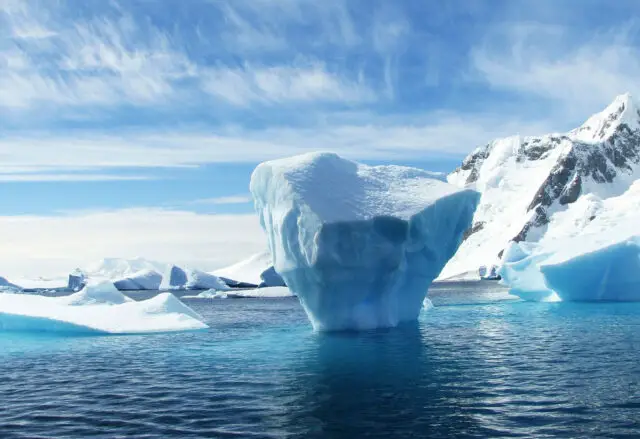A global warming of more than two degrees could cause the melting of the largest ice cap on the planet, located in Antarctica, enough to cause a rise of tens of meters in the current sea level, scientists warn.
The 2015 Paris climate agreement adopted during COP21 aimed to limit global warming to 1.5C compared to the pre-industrial era. However, according to the World Meteorological Organization, the rise in temperatures is on track to be between 2.5 and 3 degrees.
If warming continues to increase beyond the 2ºC limit, the melting of the East Antarctic ice sheet could raise sea levels by several meters in a few centuries, according to a study from the University of Durham, in the United Kingdom, published this past Wednesday.
A sleeping giant
“That plate is by far the largest on the planet. It contains the equivalent of (a rise of) 52 meters of sea level. It’s really important not to wake up that sleeping giant,” said the study’s lead author, Professor Chris Stokes of Durham University.
Staying below that milestone would allow this ice sheet to contribute less than half a meter to sea level rise by the year 2500, say the authors, who include scientists from the UK, Australia and France.

The researchers, whose findings are published in the journal Nature, studied how the ice sheet reacted to recent warm spells and examined where those changes are currently occurring.
“A key lesson from the past is that the East Antarctic Ice Sheet is highly sensitive to even relatively modest warming scenarios. It is not as stable or protected as we previously thought,” said Professor Nerilie Abram of the National University of Antarctica. from Australia in Canberra.
A very small window of opportunity
Abram stressed that there was now a “very small window of opportunity to rapidly reduce our greenhouse gas emissions, limit the rise in global temperatures, and preserve the East Antarctic Ice Sheet.”

